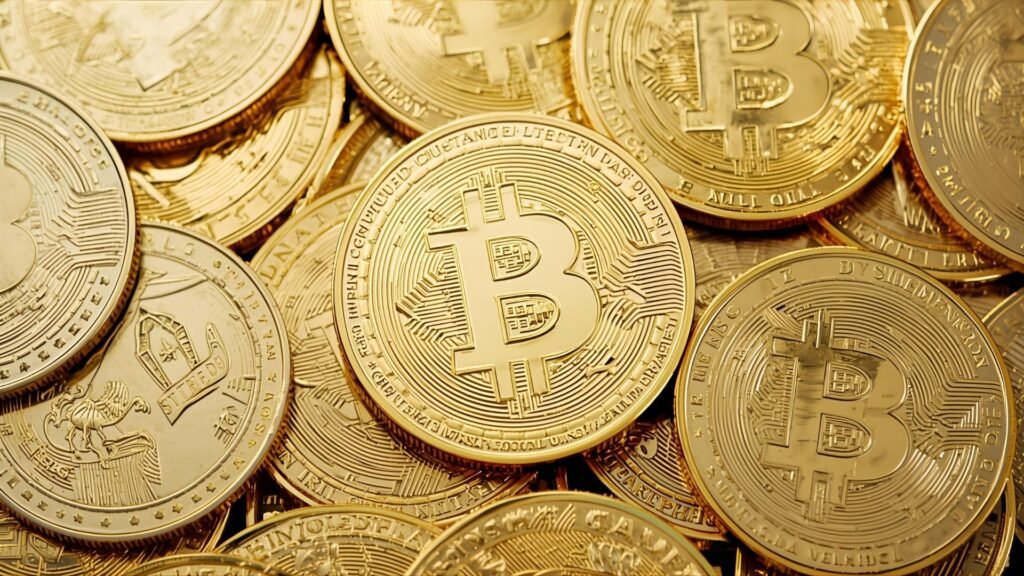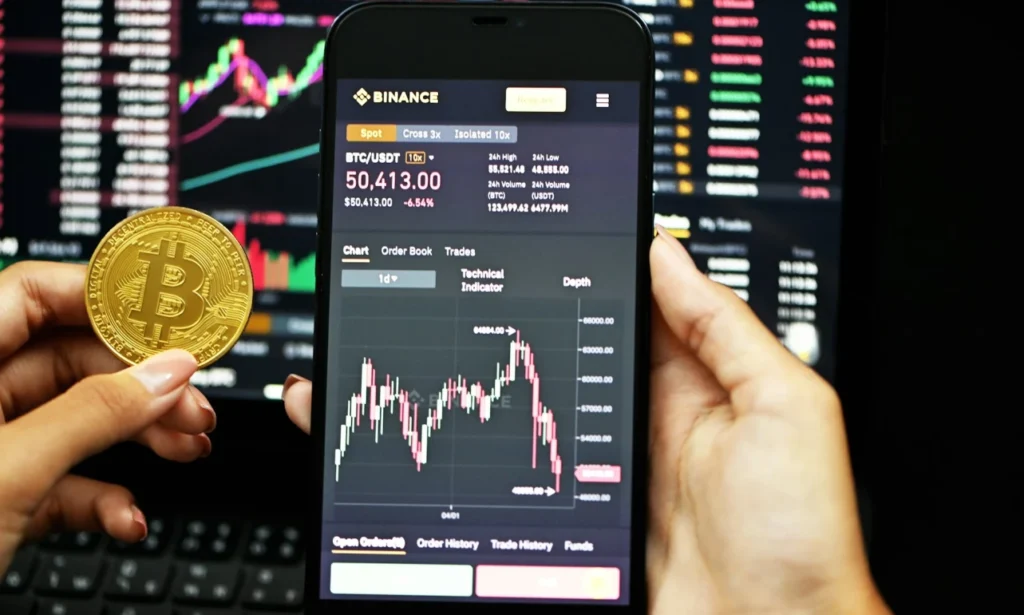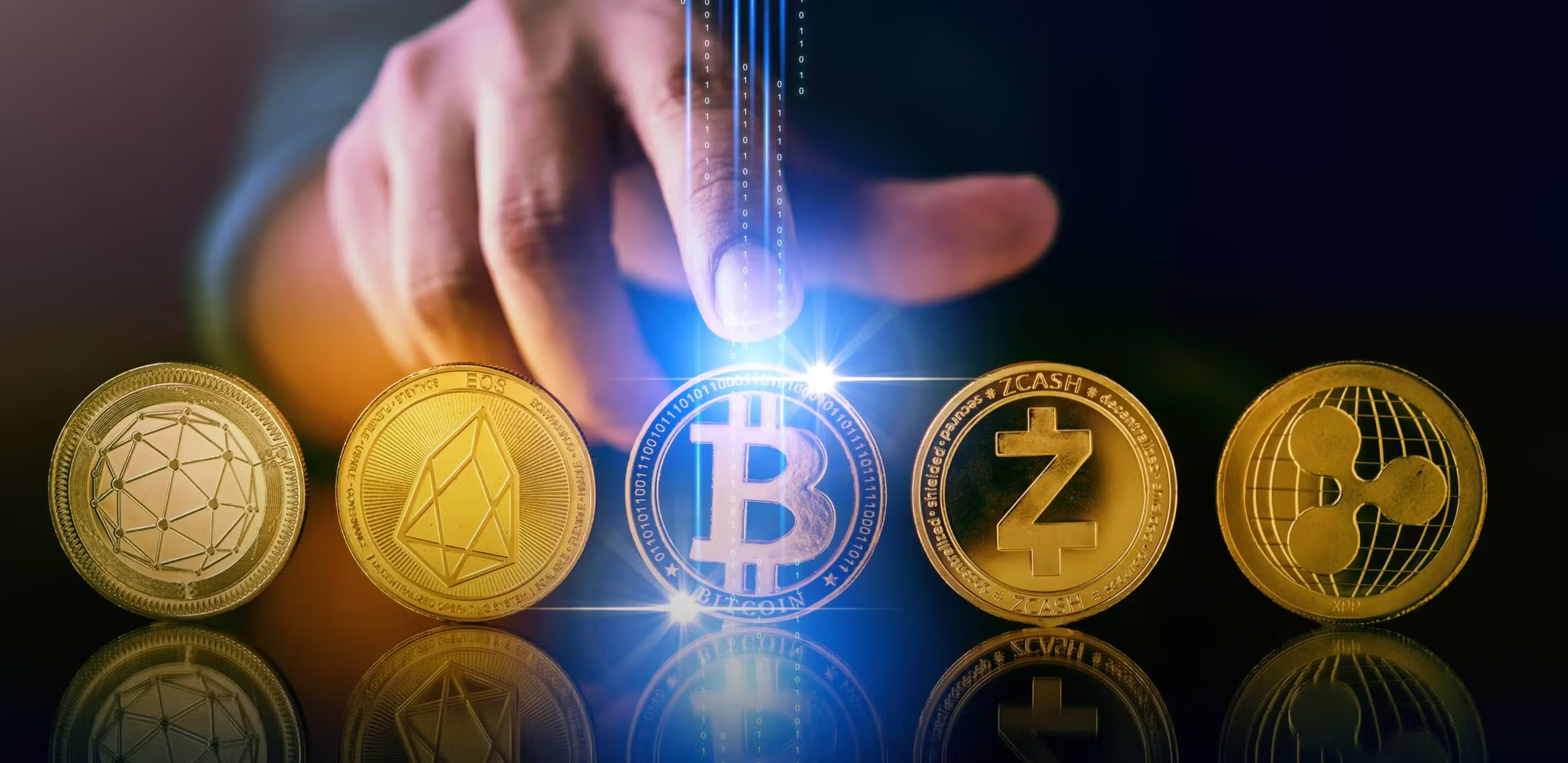Over the past decade, cryptocurrency in Russia has quietly evolved from a niche curiosity into a mainstream conversation, and in many circles, into everyday practice. What began as a small community of technologists experimenting with blockchain technology has swelled to include retail savers, freelancers, small exporters, and even established businesses that see digital assets as a hedge, a payment rail, or simply a faster way to move money.
This rise in popularity is no accident. It’s the result of overlapping forces: macroeconomic pressures, rapid digitization, a vibrant developer culture, expanding crypto exchanges and peer-to-peer (P2P) markets, and a complex regulatory environment that—while still evolving—has nonetheless pushed more Russians to learn, test, and adopt crypto.
The Foundations of a Surge
Economic Motives and the Search for Optionality
One of the most powerful drivers behind cryptocurrency in Russia is economic. In times of uncertainty, households and businesses often seek optionality: more ways to store value, move funds, and access global markets. Bitcoin became known as “digital gold” to many because it’s scarce and portable. Stablecoins—tokens pegged to traditional currencies—are attractive because they offer a familiar unit of account with crypto-native speed. For a portion of the public, holding a slice of wealth in digital assets is less about speculation and more about diversification and resilience.
The story isn’t only about saving. It’s also about transacting. Freelancers serving global clients need to get paid quickly and affordably; merchants importing goods need ways to settle invoices; families sending remittances want fewer delays and lower fees. Cryptocurrency in Russia rose, in part, because it can reduce friction in these cross-border scenarios, especially when traditional routes feel slow, costly, or administratively heavy.
A Culture of Engineering and Experimentation
Russia’s long tradition in mathematics, computer science, and cybersecurity has seeded a strong developer scene. That culture has poured into smart contracts, decentralized finance (DeFi) experiments, wallet tooling, and analytics. Engineers who appreciate open-source software are naturally drawn to blockchain technology—it’s auditable, permissionless, and composable. Even those who don’t hold crypto often stay close to the ecosystem because it’s fertile ground for learning new protocols, contributing code, and launching globally used software.
Digital Payments Habits Already in Place
Another tailwind for cryptocurrency in Russia is the broader shift to digital. E-commerce, mobile banking, and instant transfers have become routine, creating familiarity with app-based money management. That comfort lowers the barrier to trying a non-custodial wallet, swapping tokens, or testing a P2P marketplace. When a population is already fluent in mobile payments, adding a new rail is less of a leap.
The Regulatory Landscape: Pragmatic Ambiguity and Gradualism
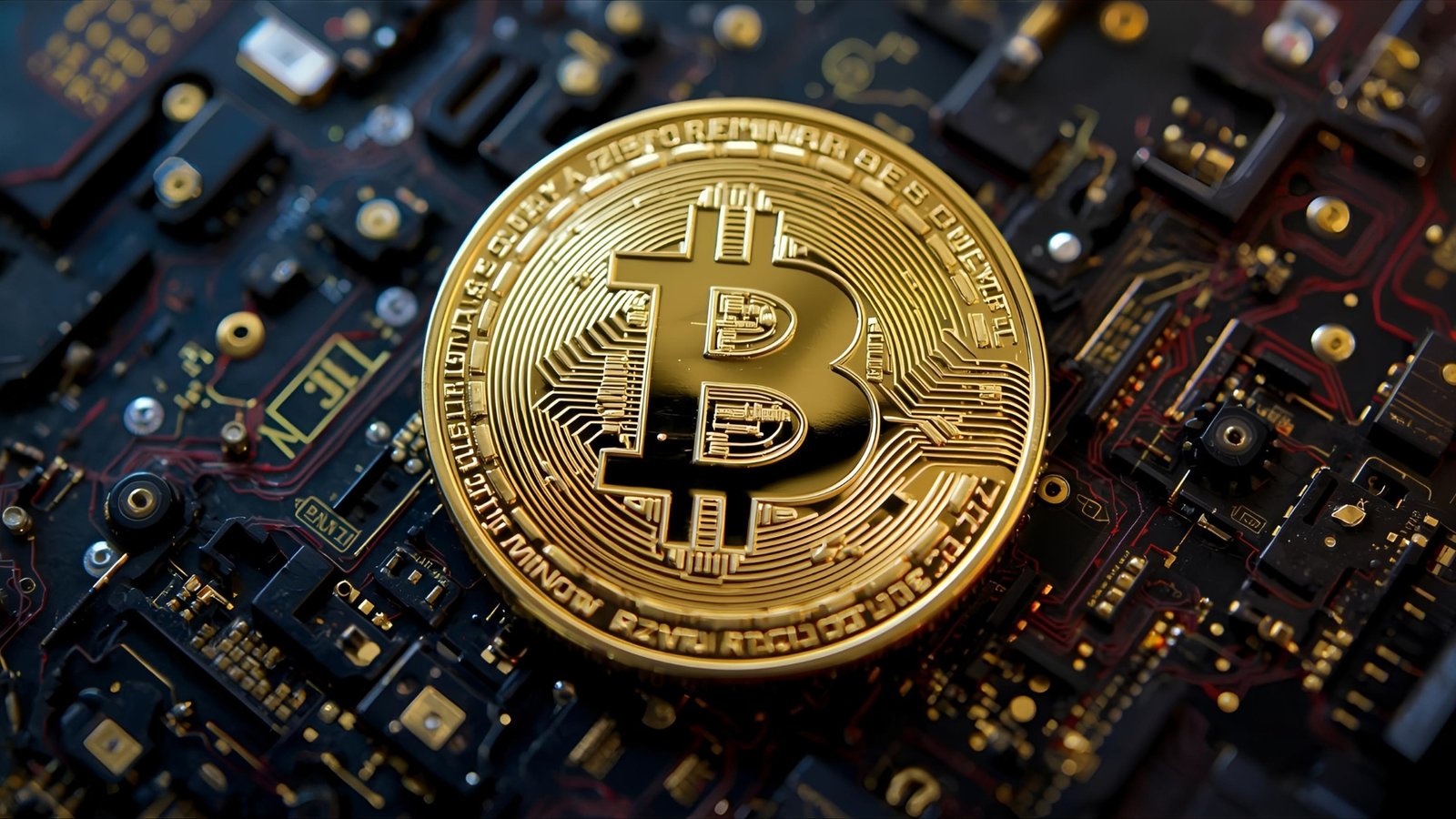
The Letter of the Law vs. Real-World Behavior
For years, policy around cryptocurrency in Russia has moved incrementally, with phases of permissiveness and caution. This has produced a practical reality: while authorities work to define regulatory compliance, people and businesses continue to explore crypto within the boundaries they understand. The outcome is a gray zone where some activities are encouraged (like innovation and IT exports) while others face more scrutiny, especially where AML and sanctions concerns arise. The net effect is not a ban nor a green light, but a careful dance—one that pushes users to learn best practices, ask lawyers hard questions, and choose crypto exchanges and wallets carefully.
Taxation, Recordkeeping, and KYC
As usage expands, so does the conversation around taxes and reporting. Even in uncertain regulatory environments, it’s wise for users to maintain detailed records of buys, sells, swaps, earnings from staking or mining, and token rewards. Reputable venues apply Know Your Customer (KYC) and AML checks, and users increasingly understand that transparent recordkeeping protects them. The pragmatic approach is simple: if you treat crypto like an asset with potential tax consequences, you’re less likely to be surprised later.
The Digital Ruble and Private Crypto
The arrival of a digital ruble—a central bank digital currency (CBDC)—adds another layer. CBDCs and private crypto are not mutually exclusive; they serve different purposes. A digital ruble could modernize domestic payments, enable programmable features, and improve settlement efficiency. Meanwhile, Bitcoin, Ethereum, and stablecoins remain global, open networks best suited for permissionless innovation, cross-border flows, and programmable finance that extends beyond any single jurisdiction. In practice, many users may hold both: a CBDC for domestic convenience and digital assets for global optionality.
How Russians Use Crypto in Practice
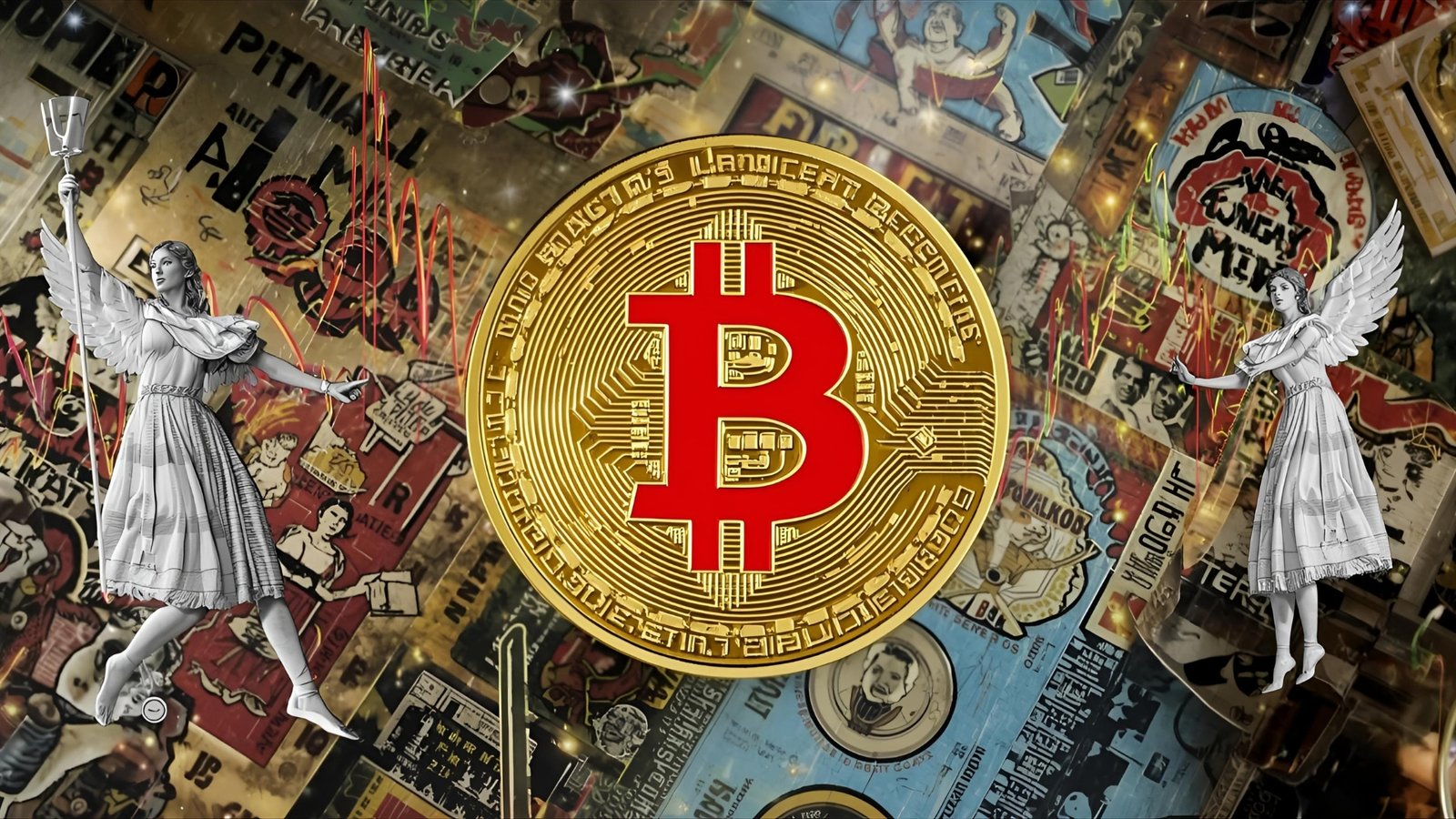
Cross-Border Payments and Remittances
For remote workers and small exporters, cryptocurrency in Russia has become a practical tool. Payments in stablecoins allow clients abroad to settle invoices quickly; freelancers can convert to rubles when rates look favorable or keep a portion in digital form. Families sending money across borders can use P2P platforms to reduce fees and delays—though they must weigh platform risk, price spreads, and compliance requirements.
Savings, Diversification, and Inflation Hedges
Some households treat Bitcoin as a long-term bet on digital scarcity, while others prefer stablecoins as an online cash equivalent that can be accessed around the clock. In both cases, the appeal is control and portability—assets that can be moved at any time, with or without intermediaries. Cold storage, hardware wallets, and seed phrases enter the everyday vocabulary for those who prioritize self-custody. The learning curve is real, but the payoff is independence.
Merchant Use and B2B Settlements
For merchants handling imported goods or digital services, crypto can make B2B settlement faster, especially when traditional corridors are encumbered. It’s not universal—volatility and accounting complexity remain hurdles—but for certain niches, the trade-off is worth it. Some businesses keep crypto off the balance sheet by partnering with service providers that accept digital assets and settle the merchant in local currency, reducing exposure while preserving speed.
Mining: From Hobby to Professional Operation
While the global mining landscape is competitive, Russia’s climate and energy mix have historically enabled both hobbyist and industrial crypto mining. Operators need to consider equipment costs, electricity pricing, regulatory scrutiny, and price cycles. As mining professionalizes, the casual miner faces a steeper path, but the broader presence of miners boosts crypto literacy and brings more liquidity into local markets.
The Infrastructure Behind the Boom
Exchanges, Brokers, and P2P Marketplaces
The growth of cryptocurrency in Russia is inseparable from the rise of on- and off-ramps. International crypto exchanges with regional access, local brokerages, and P2P venues give users multiple ways to convert between rubles and digital assets. Each route carries trade-offs:
Custodial exchanges simplify user experience, offer liquidity, and provide features like spot, derivatives, and staking. But they require trust, comply with KYC, and can restrict services if policies change. P2P marketplaces offer flexibility and sometimes better rates; however, they demand careful vetting of counterparties and vigilance against fraud. Over time, users often diversify—keeping a portion with reputable custodians for convenience and the rest in non-custodial wallets for sovereignty.
Wallets and Security Practices
Wallet choice is foundational. Mobile wallets are convenient for daily spending; hardware wallets and cold storage shine for long-term savings. A typical security stack includes two-factor authentication (2FA), offline backups of seed phrases, passphrase protection, and phishing awareness. As self-custody spreads, so do best practices: verifying addresses, testing small transfers first, and using multisig for larger treasuries. Good hygiene is a habit, not a one-time setup.
Liquidity, Market Depth, and Price Discovery
Liquidity begets adoption. The more liquid the ruble-crypto markets are—whether via order books, OTC desks, or P2P rails—the more attractive crypto becomes for practical use. Deep markets reduce slippage, narrow spreads, and make pricing more transparent. This is why exchanges and market makers matter: they turn a theoretical payment rail into a reliable highway most days of the week.
Risks and Realities: A Balanced View
Volatility and Drawdowns
Crypto’s reputation for volatility is earned. While Bitcoin and Ethereum have matured, they still move faster than most traditional assets. That volatility cuts both ways: it can amplify gains but also magnify losses and stress. Users who treat crypto as a long-term allocation, contribute regularly, and avoid leverage tend to handle swings better than those chasing short-term moves. When evaluating cryptocurrency in Russia—or anywhere—position sizing is the simplest risk control.
Counterparty and Platform Risk
Custodial platforms can fail, pause withdrawals, or face legal pressure. The antidote is diversification: combine reputable custodians with non-custodial wallets, and don’t store what you cannot afford to lose on a single platform. For P2P trades, use escrow, verify identities, and stick to clearly defined terms. Healthy skepticism is not cynicism; it’s prudent in an ecosystem where incentives and anonymity collide.
Scams, Phishing, and Social Engineering
Fraudsters follow the money. Common traps include fake wallet apps, airdrop scams, impersonation on messaging apps, and malicious links. The simplest rule is the best: never share seed phrases, and never enter them into a website—only into your verified hardware device or official wallet app when necessary. Bookmark official domains, type addresses manually, and test with small amounts. Education is the strongest antivirus.
Legal and Tax Ambiguity
Even as policy clarifies, gray areas remain. Keep records, retain confirmations, and consult qualified professionals when the stakes are high. In the long run, clean books are a strategic asset; they help you respond to inquiries, file taxes accurately, and prove legitimate provenance if you ever need to.
Culture, Psychology, and the Narrative of Sovereignty
From Early Adopters to Word-of-Mouth
Many Russian newcomers arrive through word-of-mouth—friends or coworkers who’ve used stablecoins to get paid or Bitcoin as a long-term savings tool. Once a person sees crypto solve a real problem (“My client paid me in minutes,” “I sent money home with low fees”), they share that story. Adoption spreads person to person, not unlike the early days of ride-hailing and mobile wallets.
Sovereignty, Portability, and Control
A central appeal of cryptocurrency in Russia is the sense of control it offers. Self-custody means you can hold an asset without a gatekeeper. Portability means you can move it when needed. Programmability means you can plug into DeFi, earning yield, trading, or borrowing against collateral in ways that traditional finance doesn’t always offer. This sovereignty is a double-edged sword—freedom paired with responsibility—but for many, it’s worth the trade.
Education: From Buzzwords to Competence
Beyond Hype: Building Real Skills
The distance between hearing buzzwords and using crypto safely is shorter than it looks, provided you take a structured approach. Start with a small amount you can afford to lose. Set up a reputable wallet. Learn the mechanics of sending and receiving. Move on to stablecoins and understand network fees. Only then consider DeFi or smart contracts, where risk is higher and due diligence matters. Education reduces both fear and overconfidence, steering newcomers toward thoughtful decisions.
The Role of Communities and Content
Online communities, Russian-language explainers, and open-source tools make the learning curve less steep. Quality content demystifies topics like gas fees, Layer-2 networks, token bridges, and approvals. Communities also help with peer review: is this exchange reputable? Is this token a red flag? Healthy skepticism and collective knowledge go a long way.
Business and Policy Outlook: Scenarios, Not Predictions
Scenario 1: Regulated Coexistence
In this path, the digital ruble expands domestic features while private digital assets continue to power cross-border settlements and investment. Licensing regimes for service providers mature, and tax guidance solidifies. With clearer rules, mainstream institutions cautiously enter, providing safer on-ramps and better consumer protections.
Scenario 2: Fragmented Access, Strong Self-Custody
If access to international exchanges remains patchy, P2P rails and non-custodial wallets dominate. Users grow skilled at moving between networks, using decentralized protocols for swaps and liquidity. Innovation accelerates at the edges, but the user experience remains uneven, demanding a higher level of literacy from the average participant.
Scenario 3: Enterprise Adoption for Trade Finance
Exporters and importers embrace tokenized invoices and escrow in smart contracts, with stablecoins used as settlement currency. Specialized compliance tools emerge to bridge AML requirements with crypto’s speed, producing a hybrid model that looks less like speculation and more like digital trade plumbing.
None of these scenarios excludes the others. In practice, the future will likely blend them: a regulated core with thriving self-custody, expanding enterprise use, and continued experimentation.
Practical Guidance for Individuals
Start Small, Document Everything
If you’re exploring cryptocurrency in Russia for the first time, start with amounts that won’t cause stress. Create a written record of your transactions, store wallet backups offline, and keep copies of exchange confirmations. Treat recordkeeping as part of the investment, not an afterthought.
Choose Tools You Understand
A wallet you fully understand is better than a fancier one you don’t. Test addresses with small transfers. Learn how to revoke approvals on DeFi apps. When in doubt, slow down—mistakes in crypto are often irreversible.
Respect Security Basics
Use two-factor authentication on every account, never reuse passwords, and consider a password manager. For long-term savings, prefer hardware wallets and cold storage. Assume that any unsolicited “support” message is a scam until proven otherwise.
The Human Story Behind the Trend
Behind the charts and protocols are people solving everyday problems: a student paying for an online course from an international provider; a developer receiving an open-source grant; a small business settling a supplier invoice without delays; a family sending remittances across borders in minutes. These stories, repeated thousands of times, explain why cryptocurrency in Russia has moved from novelty to tool. The technology matters, but the lived use cases are the heartbeat of adoption.
See More: Cryptocurrency Basics for Beginners Guide 2025 Learn How to Start Safely
Conclusion
The rise in popularity of cryptocurrency in Russia is the sum of many parts: macroeconomic motives, a strong engineering culture, digital-first habits, expanding market infrastructure, and a regulatory environment that—while still clarifying—has left room for experimentation. People use Bitcoin, Ethereum, stablecoins, and other digital assets not only to speculate, but to transact, save, and build. The risks are real—volatility, scams, platform failures, and legal ambiguity—but so is the value when crypto is approached with education, care, and good security.
As the policy landscape matures and the digital ruble rolls out further, crypto in Russia will likely become more nuanced, not less: regulated gateways for the mainstream, sovereign self-custody for power users, and specialized tools for cross-border commerce. The smart path forward is neither maximalism nor dismissal, but practical literacy—knowing when crypto is the right tool, how to use it safely, and how to integrate it into a broader financial life with clear eyes and robust records.
FAQs
Q: Is cryptocurrency legal to own in Russia?
Ownership of digital assets has generally been permitted, while specific activities are regulated and evolving. Users should keep meticulous records, comply with KYC/AML where applicable, and seek local guidance on reporting and tax obligations. Treat crypto like any asset that may carry regulatory and tax consequences.
Q: Why do many Russians prefer stablecoins over Bitcoin for payments?
Stablecoins provide a familiar unit of account and lower day-to-day volatility, making them practical for invoices, remittances, and short-term savings. Bitcoin remains popular as a long-term, scarce asset, but for immediate payments, stability and speed often win.
Q: What’s the safest way to store cryptocurrency?
For significant holdings, hardware wallets and cold storage are widely recommended, combined with two-factor authentication on all accounts. Back up seed phrases offline, never share them, and consider multisig for larger balances. For small, frequent transactions, reputable mobile wallets are convenient—just treat them like a cash wallet, not a vault.
Q: How does the digital ruble affect private crypto use?
A digital ruble can modernize domestic payments and enable programmable features, while private crypto networks remain valuable for global, permissionless use cases and DeFi. Many users will likely hold both over time, using each for what it does best.
Q: I’m a freelancer getting paid from abroad—what should I know?
Confirm your client’s preferred token (often stablecoins), agree on the network to avoid bridge fees, and test with a small transfer first. Keep thorough records for invoices and tax reporting. If you convert to rubles, compare rates across crypto exchanges and P2P platforms, and always prioritize security and regulatory compliance.


















